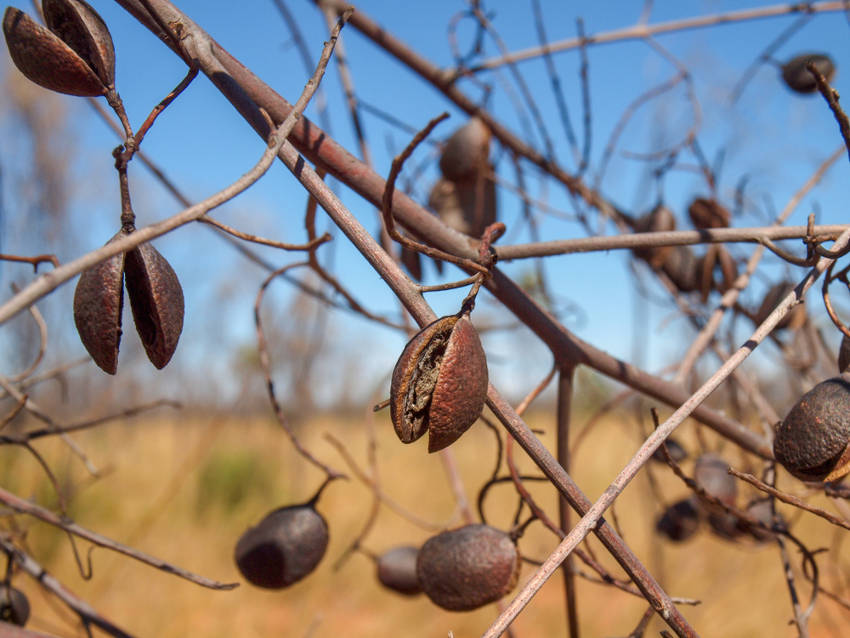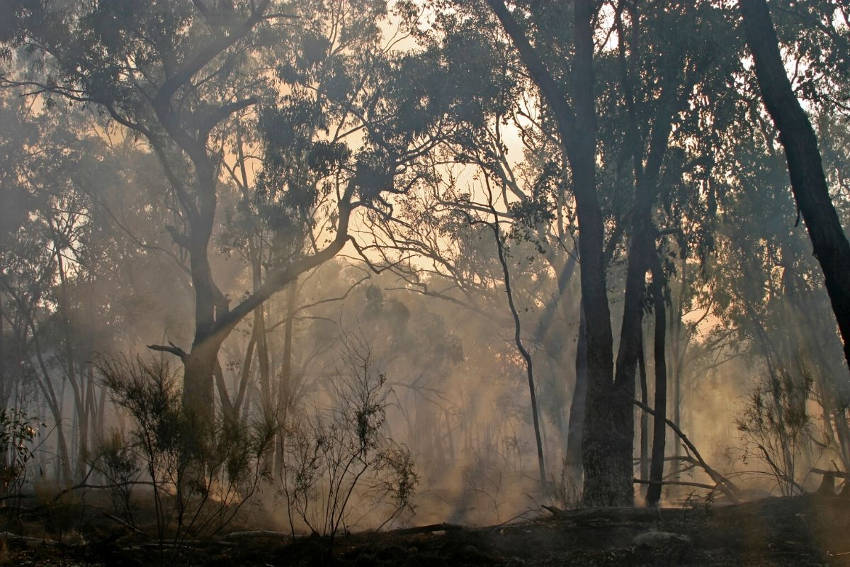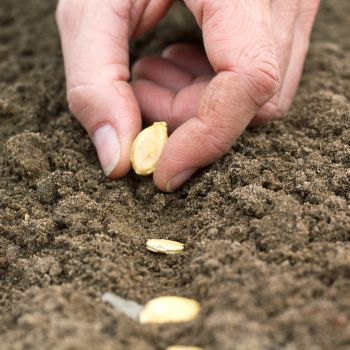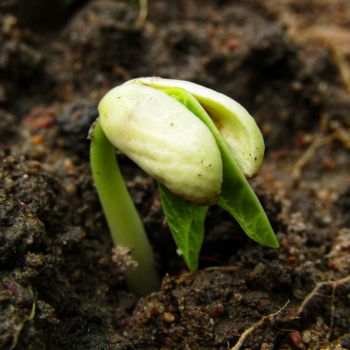In recent times, bushfires have raged catastrophically out of control. But in less exceptional years these natural events play a vital role in the germination of many native plants.
Across areas prone to bushfire, around 400 plant species have evolved to detect when a fire has passed by, and when it's now safe to germinate and begin regenerating the local plant life. Some do this by needing heat extremes to provoke germination, while others rely on the presence of smoke residues in the soil or coating the seeds themselves.
There are several ways that the smoke response can be triggered in nature. Seed pods on trees and shrubs can be smoked in place as the fire passes by, coating the seeds in a chemical residue. The seeds can be released by the fire to fall into the ashes below, or seeds already in the soil can receive the chemicals as rain washes through the ashes once the fire season is over.
Germinating Smoke-Responsive Seeds at Home
If you want to grow species of smoke-triggered natives at home, you need to simulate the bushfire smoke that brings the seeds out of dormancy. For some plants germination will not happen without it, while for many others smoke chemicals will improve germination rates and produce healthier seedlings. There are several methods you can use.
- Soaking Seeds in Smoke Water
Smoke water is a commercially available liquid containing concentrated smoke chemicals. Dilute as required, then soak your seeds for 6-24 hours or until swollen. For best results, sow the seeds immediately, but they can be carefully dried for storage if needed.
- DIY Smoke Water
Commercial smoke water can work out to be expensive for large seed batches, but it's easy to make your own at home. On an industrial scale, smoke water is produced by bubbling smoke through a container of water, but there's a simpler DIY method that doesn't require any special equipment.
Simply burn a small amount of twigs and leaves from native plants, taking care over safety, and collect the ashes. Soak in water for 24 hours, sieve, and use the smokey water as before.
- Smoke-Treated Vermiculite
Ordinary vermiculite is used to aerate soil or potting compost, increasing its ability to retain moisture and nutrients, or it can be used as a sowing medium alone. It's also possible to buy a smoke-treated version, which contains the chemicals needed to prompt germination in responsive seeds.
Sprinkle it over the surface of the compost after sowing, and as you water, the chemicals will leech into the soil and do their work.
You can also use smoked vermiculite to quickly make small batches of smoke water, ideal for if you're only germinating a few seeds. Simply add a teaspoon or so of vermiculite to a small jar of water, shake well, and leave to soak for half an hour. Strain the mixture, reserving the water which you can use to treat your seeds.
- Smoke Paper
Smoke paper is widely available from gardening suppliers. To use, place the smoke-impregnated sheets over the top of your pots or seed trays after sowing, and as you water, the paper will release its chemicals and eventually degrade.
- Using Real Smoke
It's also possible to use real smoke to help with germination, and there are several ways of doing so.
The most straightforward method is to spread leaf litter and other native plant materials over open soil, and burn it taking care to keep the fire under tight control. Aim for a smoulder rather than a blaze, and avoid using white-sapped plants which can release toxins as they burn.
Once the fire is completely extinguished, leave the ashes to cool before sowing seeds in the soil underneath. Water well to start releasing the chemicals.
A safer method uses a fire-proof container with a lid. A kettle barbecue is ideal. Place a mix of leafy material, straw, and small twigs in the base of the container, and add your seeds either on a tray above or off to the side away from direct heat.
Set the mixture smouldering, cover, and allow the seeds to smoke gently for around 20 minutes. Don't let the temperature get too hot - if it's uncomfortable for your hand, it's too hot for the seeds as well. At the end of the process, the seeds should be coated in a light resinous material containing the essential smokey chemicals your seeds are waiting for.
Lastly, if you're a fan of preserving and other traditional crafts, you may own a home food smoker which can be pressed into service. Cold-smoke your seeds for around 20 minutes, using a mix of native twigs and leaves rather than any gourmet wood chips you might ordinarily use.
Needless to say, when using any methods involving real smoke, it's important to bear safety in mind. No one needs a real bushfire being set off accidentally. Never leave a fire unattended, and don't burn any large twigs or branches which could send out sparks. Also, check with the local authorities to see if there are any fire restrictions in place before starting.
When to Smoke Your Seeds
In general, you should smoke your seeds as close to their natural sowing time as possible, especially if you're using a wet method such as smoke water. However, dry-smoked seeds can safely be stored until it's time to sow, as the vital chemicals will only be absorbed once the seeds are placed into moist soil.
Successful gardening always takes nature into account. And while bushfires aren't a pleasant aspect of life, they're an essential part of the growing cycle for many Australian native species. Using these techniques lets you harness the benefits of smoke for improving germination, safely and easily.







